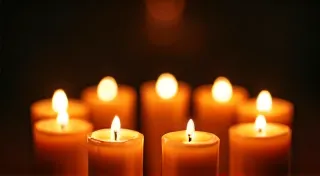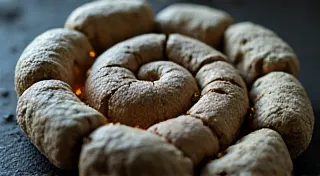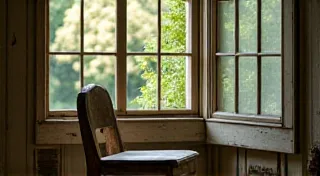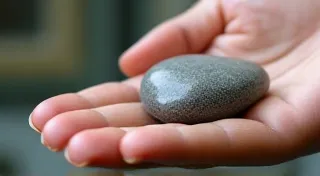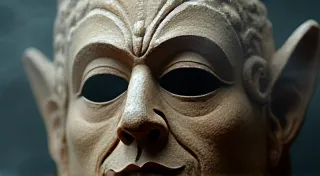Untangling the Gordian Knot of Authenticity: Defining 'Regional' in Weaving
The scent of aged wool and beeswax, the rhythmic click of a shuttle – these are the sensations that draw me to antique accordions, and strangely enough, to the world of traditional weaving. Both possess a tangible history, a story etched into their very being. An accordion, passed down through generations, whispers of lively dances and heartfelt melodies. A handwoven textile sings a quieter song, a testament to the patient hands and deep cultural knowledge of its creator. But what happens when the song changes? When the melody blends with new influences, and the patterns begin to shift?
The term "regional weaving" feels increasingly complex. We instinctively understand the idea – a specific style, technique, and design associated with a particular geographic area. Think of the vibrant, geometric patterns of Navajo rugs, the intricate brocades of Varanasi silk, or the simple, functional textiles of the Scottish Highlands. Yet, the more I delve into the history of these crafts, the more I realize how fluid and mutable these regional boundaries truly are. The very concept of “authenticity” becomes a tangled knot, difficult to unravel.
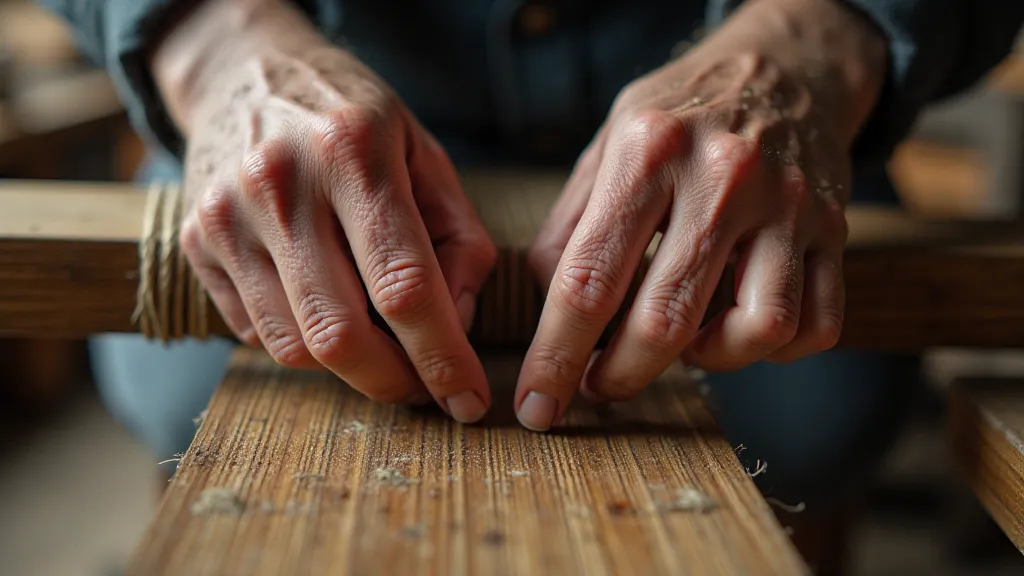
The Seeds of Change: Adaptation and Exchange
Imagine a weaver in the 18th century. Isolated, yes, but not completely untouched by the wider world. Trade routes brought new materials – cotton from the Americas, dyes from the East. Travelers carried stories and designs, inadvertently sparking innovation. Consider the spread of the Jacquard loom in Europe, a revolutionary invention that, while initially conceived for efficiency, ultimately influenced weaving traditions far beyond its original context. Could it truly be said that a textile incorporating Jacquard techniques, adapted and reinterpreted by a weaver in a remote Andean village, isn't "regional"?
The narrative of regional weaving is often presented as a static one – a set of traditions passed down unaltered through generations. But this ignores the fundamental nature of human creativity. We adapt. We innovate. We borrow. The very act of survival often demands it. A weaver facing hardship might incorporate a cheaper, more readily available material. A young apprentice might experiment with a new design inspired by a pattern seen in a visiting merchant's wares. These aren't signs of corruption or dilution; they're evidence of a living, breathing tradition, constantly evolving in response to changing circumstances.
The Influence of Globalization: A Double-Edged Sword
Today, the forces of globalization are even more profound. The internet provides instant access to weaving techniques and designs from around the world. Commercial pressures often incentivize weavers to cater to tourist tastes, leading to a homogenization of styles. You might find a “Navajo-inspired” rug woven in Nepal, or a “Scottish tartan” produced in a factory in Indonesia. Does this invalidate the authenticity of the original regional traditions?
I’m reminded of an old accordion player I met in Argentina, Don Rafael. He’s a master of the bandoneón, a traditional concertina-like instrument. He lamented the rise of digitally-produced music, which, while technically perfect, lacked the soul and imperfection of a live performance. “The crackle of the reeds,” he said, “that’s the sound of a story. It’s the sound of a life lived.” The same principle applies to weaving. A machine-made replica, however accurate in its replication of a pattern, lacks the inherent "story" woven into the fabric by a human hand – the subtle variations in tension, the occasional dropped stitch, the unique imprint of the weaver’s personality.
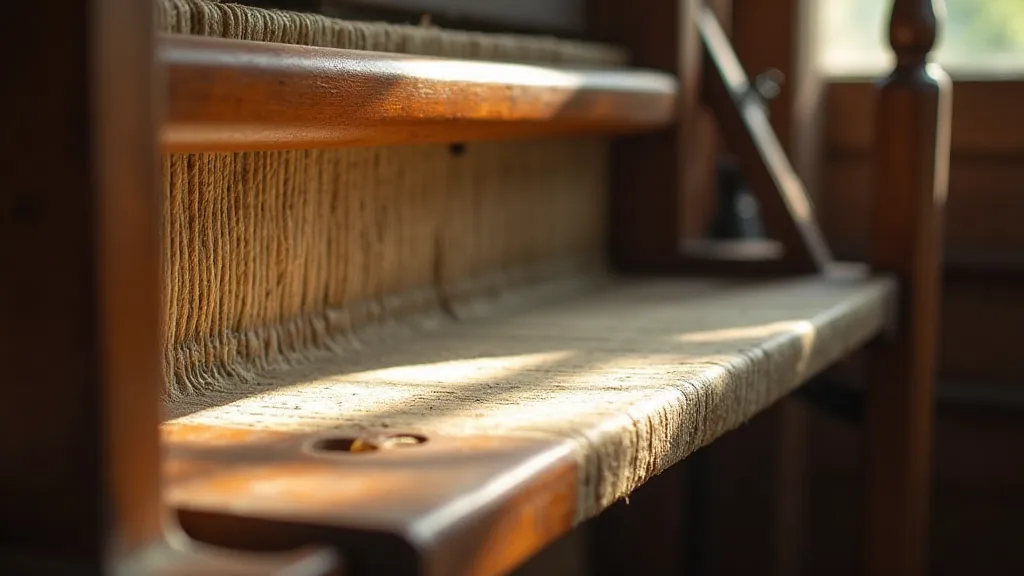
Beyond Replication: The Value of Interpretation
Perhaps the key to understanding regional weaving isn’t to cling rigidly to a notion of pristine authenticity, but to embrace the concept of interpretation. A weaver who draws inspiration from a traditional regional pattern, adapting it to incorporate new materials or techniques, isn't necessarily betraying the tradition. They're adding a new chapter to its ongoing narrative. It’s the intent, the knowledge, and the respect for the original source that truly matters.
Consider the restoration of antique accordions. A skilled restorer doesn't simply replicate the original condition. They strive to preserve the instrument’s integrity, replacing damaged components with materials that are historically accurate and sympathetic to the original design. They understand that an accordion is more than just the sum of its parts; it's a vessel of memory, a symbol of cultural identity. The same philosophy should apply to weaving.
The Collector's Eye: Discernment and Appreciation
For collectors of antique textiles, discerning authenticity can be a challenging but rewarding pursuit. It’s not simply about finding the oldest or most elaborately decorated piece. It's about understanding the history of the textile, tracing its provenance, and appreciating the skill and artistry of the weaver. Examining the quality of the materials, the construction techniques, and the nuances of the design can reveal clues to its origin and age.
The beauty of a handwoven textile lies not only in its visual appeal but also in its tangible connection to the past. It’s a window into a different time, a different culture, a different way of life. And while the boundaries of "regional" may continue to blur, the enduring human need to create, to innovate, and to express ourselves through textile art will continue to shape the landscape of weaving traditions for generations to come.
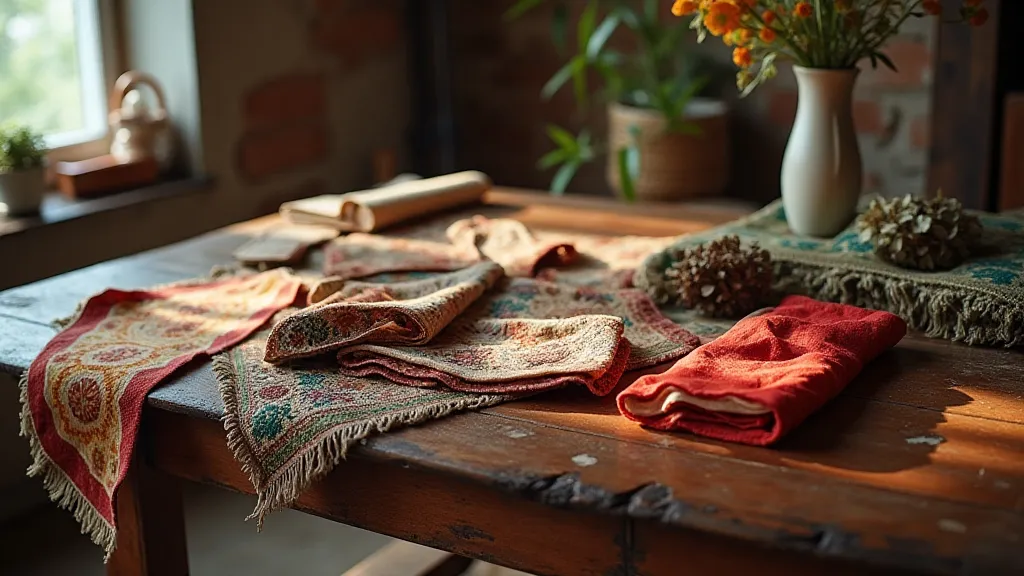
Ultimately, the “authenticity” of a regional weaving pattern isn’t a binary question of right or wrong. It’s a spectrum, a continuum of influences and interpretations. It's about recognizing the evolving nature of tradition and appreciating the human stories woven into every thread.
